Home>Garden Essentials>How Long Does It Take For Runner Beans To Germinate
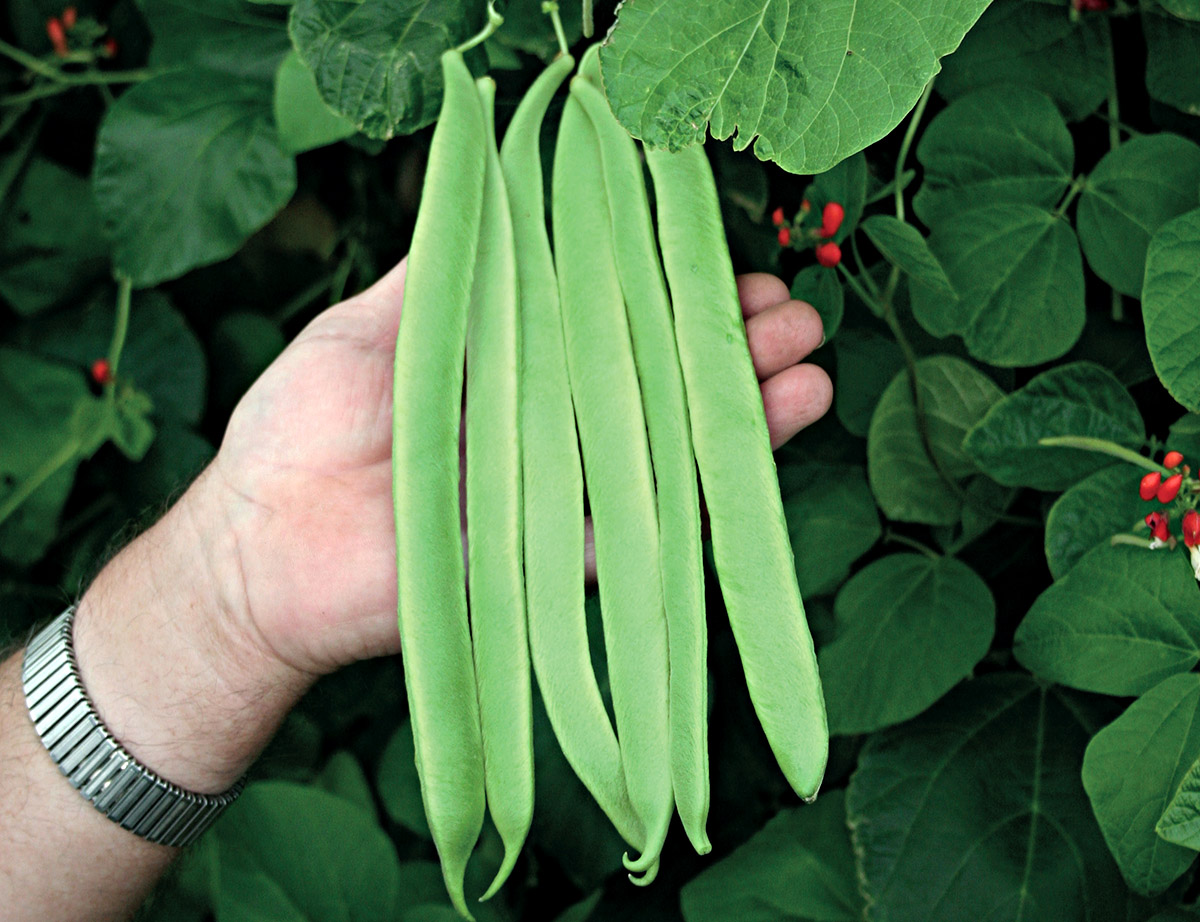

Garden Essentials
How Long Does It Take For Runner Beans To Germinate
Modified: March 15, 2024
Discover the garden secret: how long does it take for runner beans to germinate? Learn about the germination process and timeline for these popular garden beans.
(Many of the links in this article redirect to a specific reviewed product. Your purchase of these products through affiliate links helps to generate commission for Storables.com, at no extra cost. Learn more)
Introduction
Welcome to the fascinating world of runner beans! Whether you’re an avid gardener or a curious beginner, understanding the germination process of runner beans is crucial for a successful harvest. Runner beans, scientifically known as Phaseolus coccineus, are a popular choice among garden enthusiasts due to their vibrant flowers and delicious, tender pods. Learning how long it takes for runner beans to germinate is essential to plan your planting schedule and ensure optimal growth conditions.
In this article, we’ll explore the factors that influence runner bean germination, the optimal conditions for successful germination, the average time it takes for runner beans to sprout, as well as helpful tips to accelerate the germination process. Additionally, we’ll discuss common germination problems and how to troubleshoot them. Let’s dive in and unlock the secrets to achieving healthy runner bean plants!
Key Takeaways:
- Runner beans typically germinate within 7 to 14 days in warm, moist soil. Factors like seed quality, temperature, and moisture influence the germination process.
- To speed up runner bean germination, consider pre-soaking seeds, providing warmth, and using seedling trays. Be patient and address common issues like poor germination and seedling damping off.
Factors Affecting Runner Bean Germination
Several factors play a crucial role in the germination of runner beans. Understanding these factors will help you create the ideal environment for successful seed sprouting. Here are the key factors that can influence runner bean germination:
- Seed Quality: The quality of the runner bean seeds you use is of utmost importance. It’s recommended to purchase fresh, high-quality seeds from reputable suppliers or save seeds from healthy, vigorous plants.
- Temperature: Runner beans thrive in warm soil conditions. The optimal temperature range for germination is between 70°F and 80°F (21°C to 27°C). Cooler temperatures can significantly slow down germination while excessively high temperatures can hinder growth.
- Moisture: Proper moisture levels are essential for runner bean seeds to germinate. The seeds should be consistently moist but not waterlogged. Too much moisture can lead to rotting, while insufficient moisture can delay or prevent germination.
- Light: Runner beans do not require direct light to germinate. In fact, they tend to germinate better in darkness. Once the seedlings emerge, they will need adequate light for healthy growth.
- Soil Quality: The soil in which you sow runner bean seeds should be well-draining and rich in organic matter. Loose soil allows for good root development, while compacted or heavy soils can impede germination.
- Seed Depth: Planting runner bean seeds at the correct depth is crucial. The seeds should be sown about 1 inch (2.5 cm) deep into the soil. Planting too shallow or too deep can affect germination and emergence.
- Oxygen: Adequate oxygen availability is necessary for the germination process. Proper soil aeration ensures that the seeds receive the oxygen they need to sprout.
By considering and optimizing these factors, you can significantly increase the success rate of runner bean germination. Let’s explore the optimal conditions for better outcomes in the next section.
Optimal Conditions for Germination
Creating the optimal conditions for germination is crucial to ensure the successful sprouting of runner bean seeds. Here are the key factors to consider:
- Temperature: Runner beans prefer warm temperatures for germination. Aim for a soil temperature between 70°F and 80°F (21°C to 27°C). Consider using a soil thermometer to monitor the temperature in your garden or seed trays.
- Moisture: Runner bean seeds require consistent moisture to germinate. Keep the soil evenly moist throughout the germination process. Avoid overwatering, as excessive moisture can lead to fungal disease or root rot.
- Light: Runner beans generally prefer darkness during germination. Cover the seed trays or planting area with a light-blocking material to create a dark environment. Once the seedlings emerge, they will require adequate light for healthy growth.
- Soil: Prepare the soil by loosening it with a garden fork or tiller. Ensure good drainage by incorporating organic matter, such as compost, into the soil. This improves soil structure and moisture retention.
- Seed Depth: When sowing runner bean seeds, plant them about 1 inch (2.5 cm) deep into the soil. This depth allows for proper moisture retention and protects the seeds from drying out too quickly.
- Timing: Germinate runner bean seeds during the appropriate season or when the soil has warmed up. In cooler climates, it’s best to start the seeds indoors a few weeks before the last frost date. Transplant them outdoors only when the soil temperature has reached the desired range.
By providing optimal conditions for germination, you set the foundation for healthy and vigorous runner bean plants. In the next section, let’s explore how long it typically takes for runner beans to germinate.
Germination Time for Runner Beans
Runner beans have a relatively quick germination time compared to other plants. On average, runner bean seeds can germinate within 7 to 14 days under favorable conditions. However, the actual germination time can vary depending on various factors such as temperature, moisture, and seed quality.
With optimal conditions, runner bean seeds can sprout within a week. The warmer the temperature, the quicker the germination process. If the soil temperature is consistently within the range of 70°F to 80°F (21°C to 27°C), you can expect faster germination than if the temperatures are cooler.
Moisture is also essential for prompt germination. Ensure that the soil is kept consistently moist but not waterlogged. Dry or inconsistent moisture levels can delay or inhibit germination. Regularly check the moisture levels by gently touching the soil, and adjust watering accordingly.
Furthermore, the quality of the runner bean seeds can influence the germination time. Fresh, viable seeds from reputable sources have a higher chance of quick and successful germination. Saving seeds from previous harvests can sometimes result in lower germination rates and longer germination times. It’s generally recommended to purchase new seeds each season for optimal results.
It’s important to note that different varieties of runner beans may have slight variations in their germination time. Some varieties may sprout faster, while others may take a bit longer. Always refer to the specific instructions provided by the seed supplier for estimated germination times for the particular runner bean variety you are planting.
By providing the ideal conditions mentioned earlier and being patient, you can expect to see the first signs of runner bean seedlings emerge within a week or two. Don’t be discouraged if germination takes a bit longer, as it can vary depending on environmental factors and seed quality.
Now that we have a better understanding of the germination time for runner beans, let’s explore some tips to help accelerate the germination process in the next section.
Runner beans typically take 7-14 days to germinate. To speed up the process, soak the seeds in water overnight before planting and keep the soil consistently moist.
Tips for Faster Germination
If you’re eager to see those runner bean seedlings pop up quickly, here are some tips to help speed up the germination process:
- Pre-soaking: Consider pre-soaking your runner bean seeds in water for 24 hours before sowing. This can help soften the seed coat and stimulate germination. Make sure to discard any seeds that float during soaking, as they may not be viable.
- Warmth: Provide consistent warmth for the seeds by using a heating mat or placing them in a warm spot in your home or greenhouse. This helps maintain the optimal soil temperature and encourages faster germination.
- Scarification: Runner bean seeds have a tough outer coat that can sometimes inhibit germination. Gently nicking or scratching the seed coat with a sharp knife or sandpaper can help water penetrate and speed up the germination process.
- Use a seedling tray: Starting runner bean seeds in a seedling tray or individual pots can help create a controlled environment for germination. This allows you to maintain proper moisture levels and ensure the seeds receive adequate warmth and light.
- Mist the soil: Instead of using a watering can or hose, mist the soil gently to keep it moist. This helps prevent disturbance or displacement of the seeds, which can slow down germination.
- Provide bottom heat: If you’re starting seeds indoors, placing the seedling tray or pots on a heat mat can provide gentle bottom heat that runners beans love. This can help accelerate germination and promote healthy root development.
- Consider seed priming: Seed priming involves soaking the seeds in a diluted nutrient solution or a biostimulant before sowing. This process can enhance germination rates and speed up the overall germination time.
Keep in mind that while these tips can help expedite the germination process, it’s important to create a balance and not overdo it. Monitor the seeds closely and make necessary adjustments to temperature, moisture, and light. Remember to be patient, as nature’s timeline may still vary slightly.
In the next section, let’s discuss common germination problems that you may encounter and how to troubleshoot them.
Read more: How Long Does A Pinto Bean Take To Germinate
Common Germination Problems and Troubleshooting
While runner beans are relatively easy to germinate, there are some common problems that you may encounter during the germination process. Understanding these issues and knowing how to troubleshoot them can help ensure successful seed sprouting:
- Poor Germination: If you’re experiencing low germination rates, it could be due to old or low-quality seeds. Make sure to purchase fresh seeds from reputable sources. Additionally, check the planting conditions such as temperature, moisture, and soil quality to ensure they are within the optimal range.
- Rotting Seeds: Excessive moisture can lead to seed rot or fungal diseases. Ensure that the soil is well-draining and not overly saturated. Adjust watering to keep the soil moist but not waterlogged.
- Seedling Damping Off: Damping off is a fungal disease that can cause seedlings to wither and die. To prevent this, use sterilized soil or seed starting mix, and avoid overwatering. Proper air circulation can also help reduce the risk of damping off.
- Seedlings Too Leggy: If your seedlings appear tall and spindly, it’s a sign that they are not receiving enough light. Increase the amount of light exposure by placing the seedlings near a bright window or using artificial grow lights.
- Pests and Diseases: Runner bean plants can be susceptible to pests such as slugs, snails, and aphids. Regularly inspect your plants and take appropriate pest control measures if needed. Additionally, monitor for common bean diseases like powdery mildew and bacterial blight, and treat them promptly to prevent damage to the seedlings.
By being proactive in monitoring the germination process and promptly addressing any issues that may arise, you can increase your chances of a successful outcome. Don’t be discouraged if you encounter any problems – gardening is a learning process, and each experience provides valuable insights for future growth.
Now that you have a better understanding of common germination problems and how to troubleshoot them, let’s wrap up this article.
Conclusion
Germinating runner beans and witnessing the growth of healthy seedlings is a rewarding experience for any gardener. Understanding the factors that affect runner bean germination, creating optimal conditions, and troubleshooting common problems can greatly improve your success rate. With some knowledge and a little patience, you’ll soon be enjoying a bountiful harvest of runner beans in your garden.
Remember to start with high-quality seeds and provide the right combination of temperature, moisture, light, and soil conditions for germination. Pre-soaking, scarification, and using seedling trays can help accelerate the germination process. Additionally, being aware of potential issues such as poor germination, rotting seeds, damping off, leggy seedlings, and pests and diseases will allow you to address these problems promptly.
Gardening is a journey filled with learning experiences, so don’t be discouraged if you encounter any challenges along the way. Experiment, adapt, and refine your techniques to find what works best for your unique growing conditions and preferences.
We hope this article has provided you with valuable insights into the germination process of runner beans. With the knowledge and tips shared here, you’re well on your way to successfully germinating runner bean seeds and enjoying a bountiful harvest of delicious runner beans.
Happy growing!
Frequently Asked Questions about How Long Does It Take For Runner Beans To Germinate
Was this page helpful?
At Storables.com, we guarantee accurate and reliable information. Our content, validated by Expert Board Contributors, is crafted following stringent Editorial Policies. We're committed to providing you with well-researched, expert-backed insights for all your informational needs.
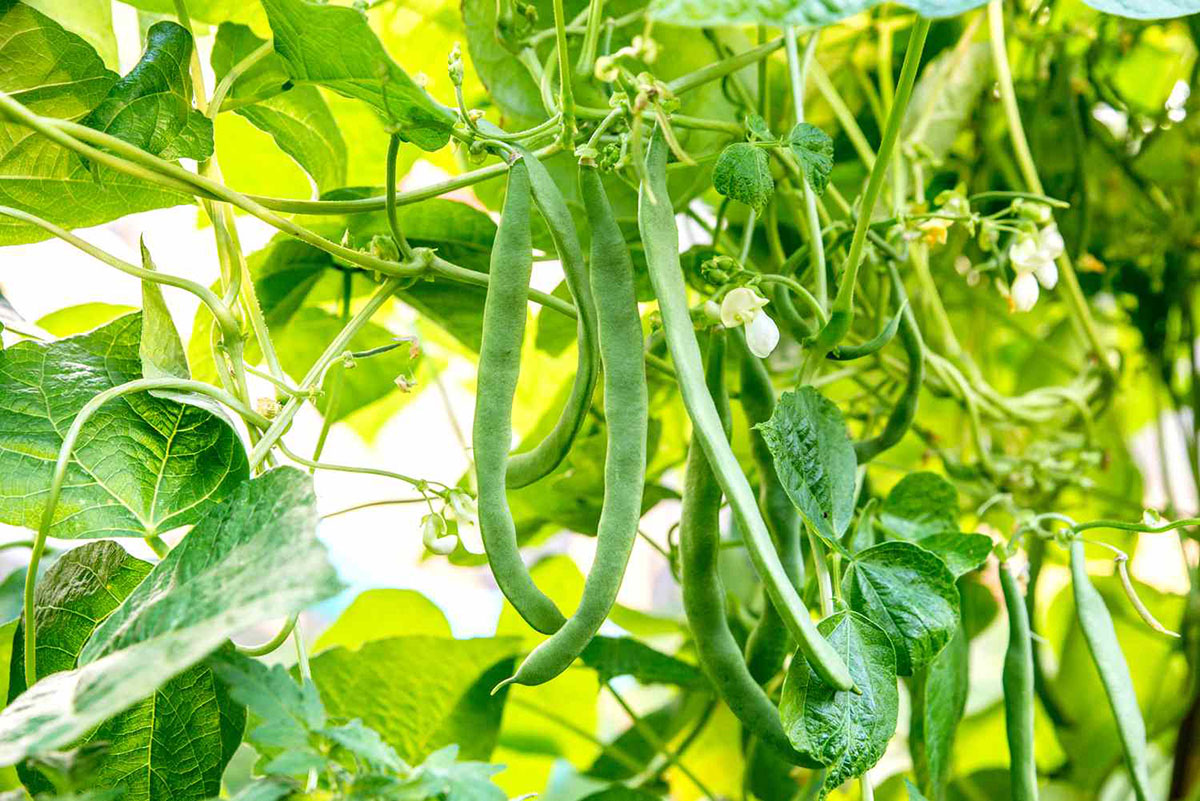
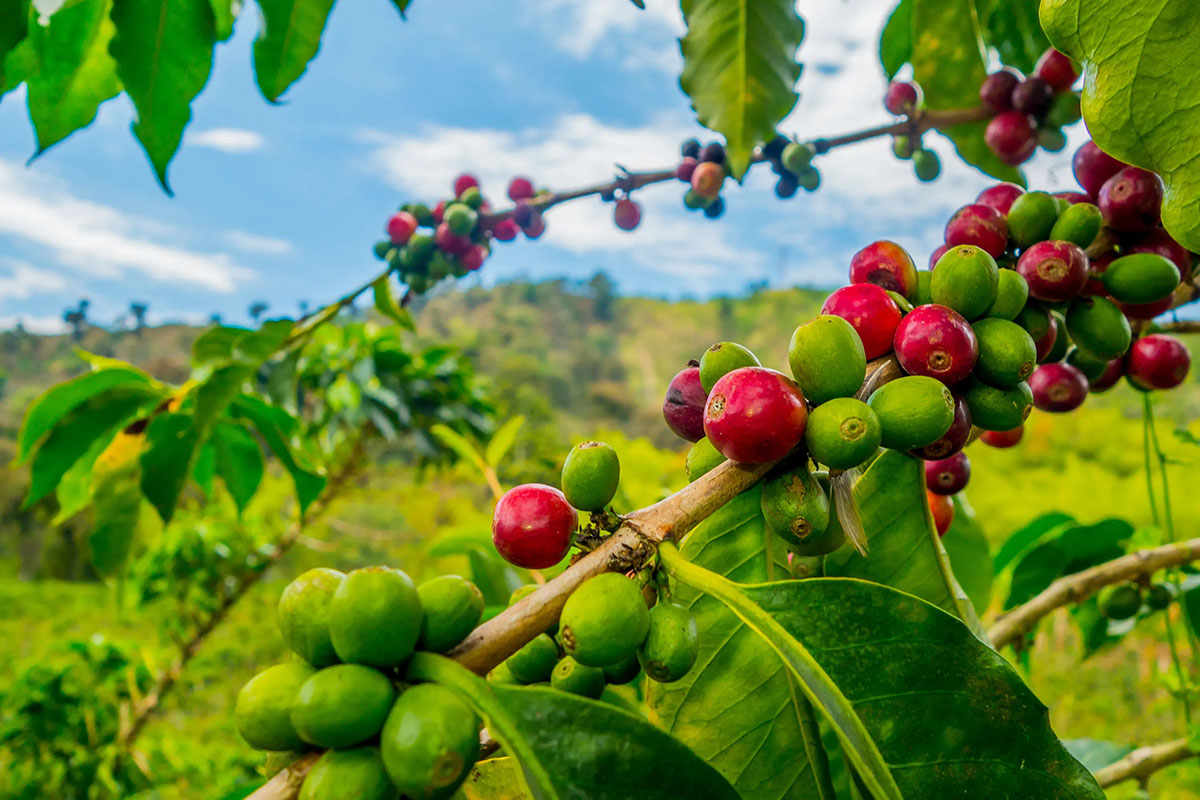
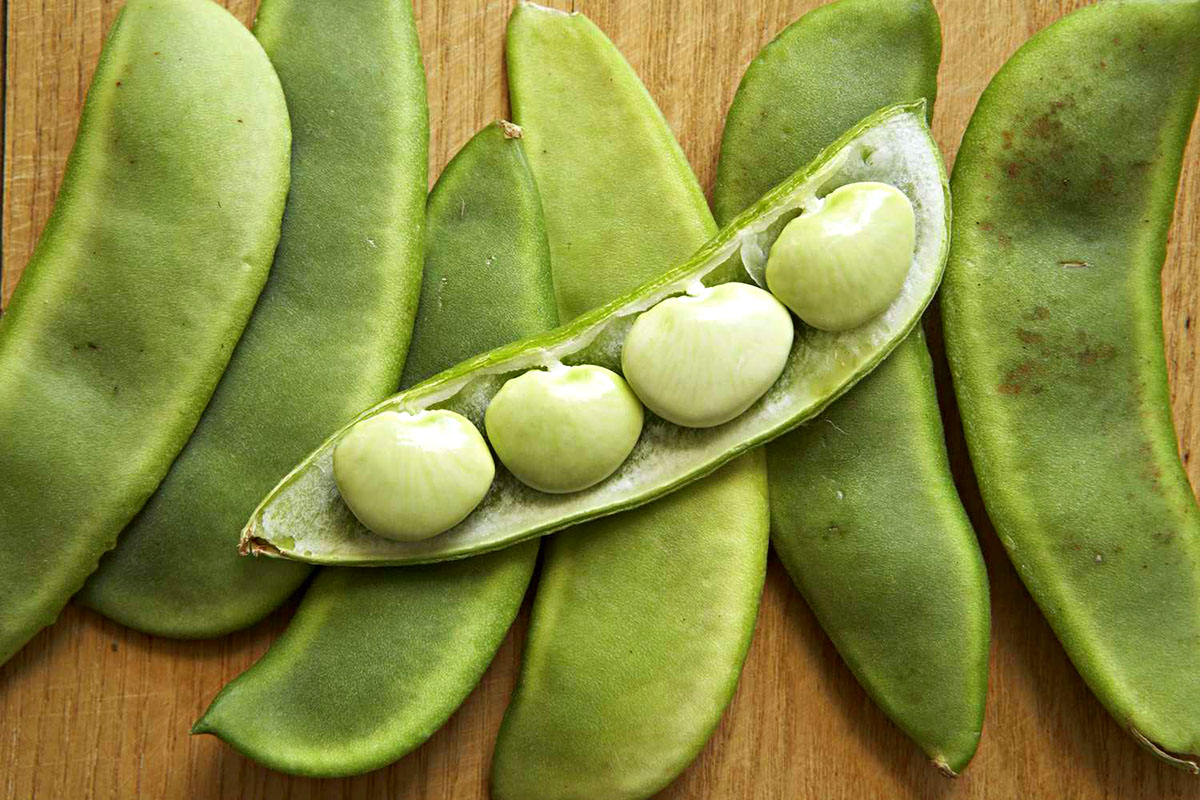
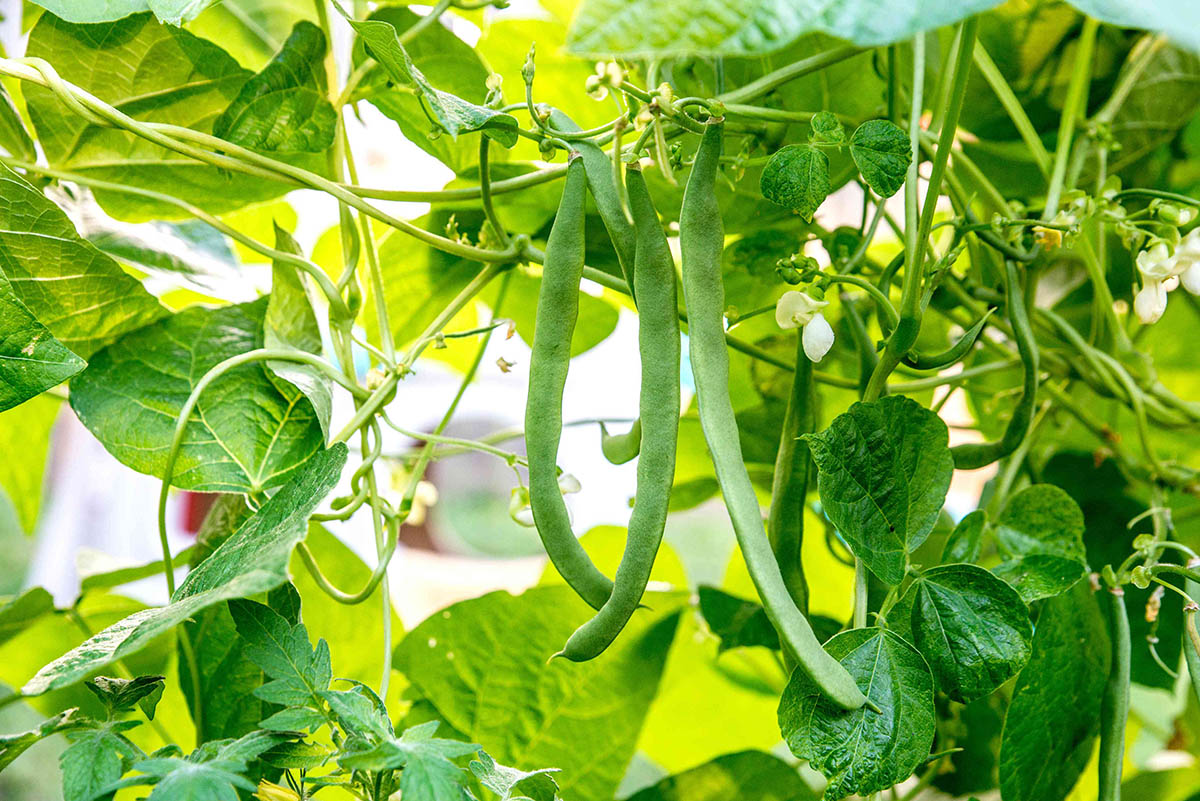







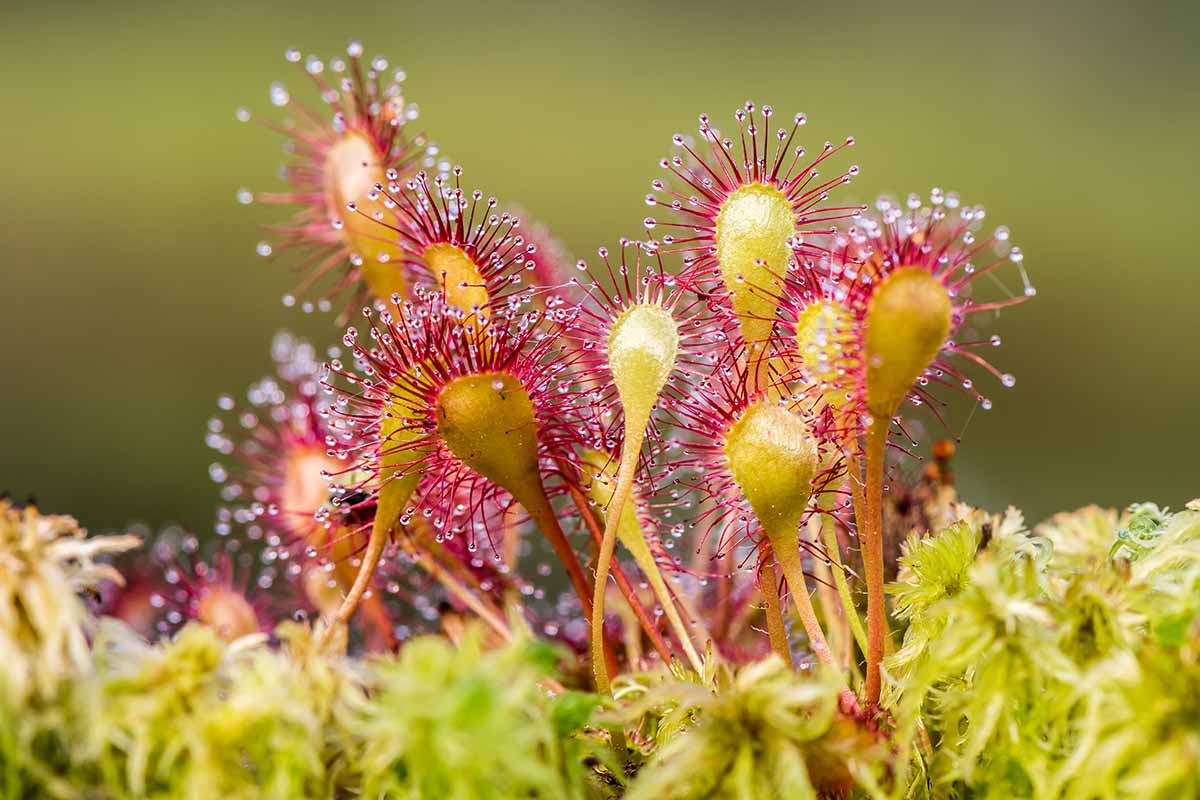
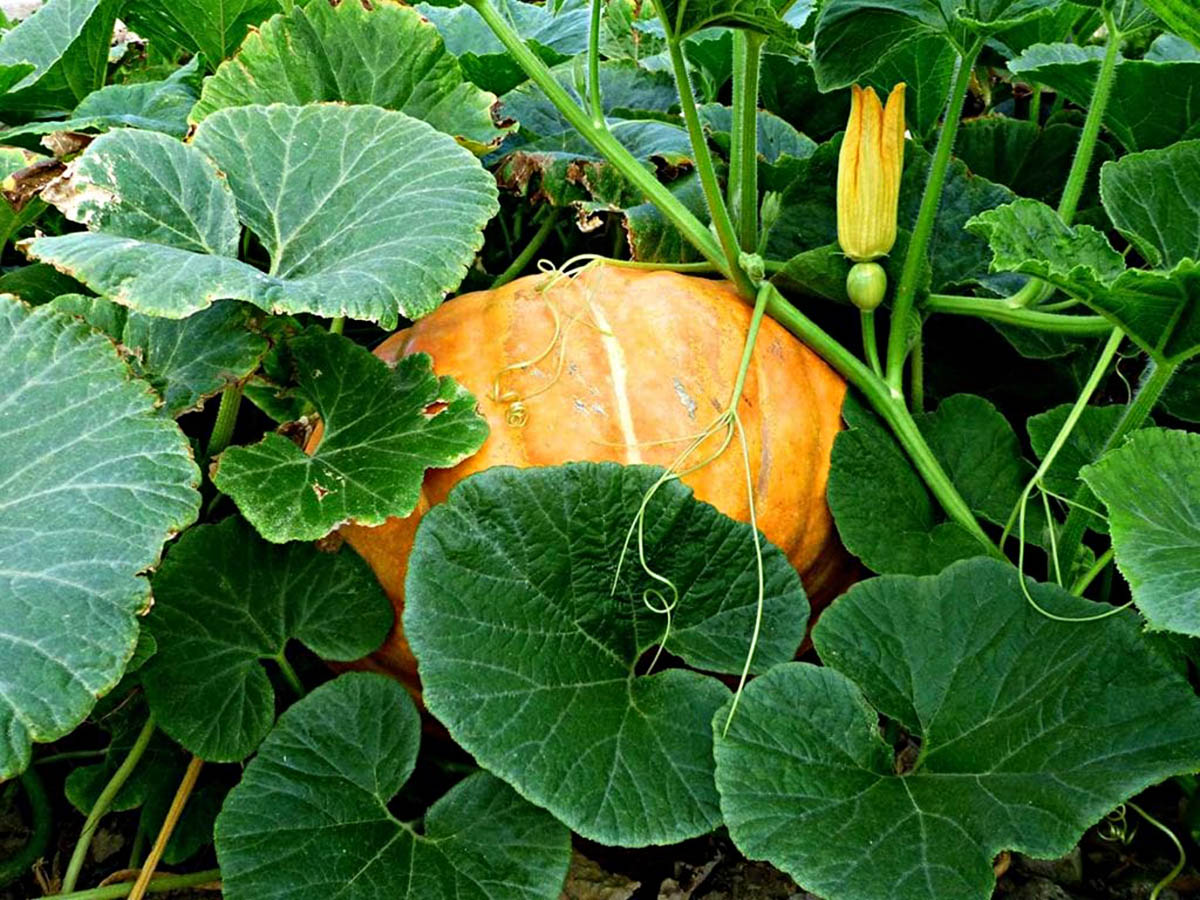
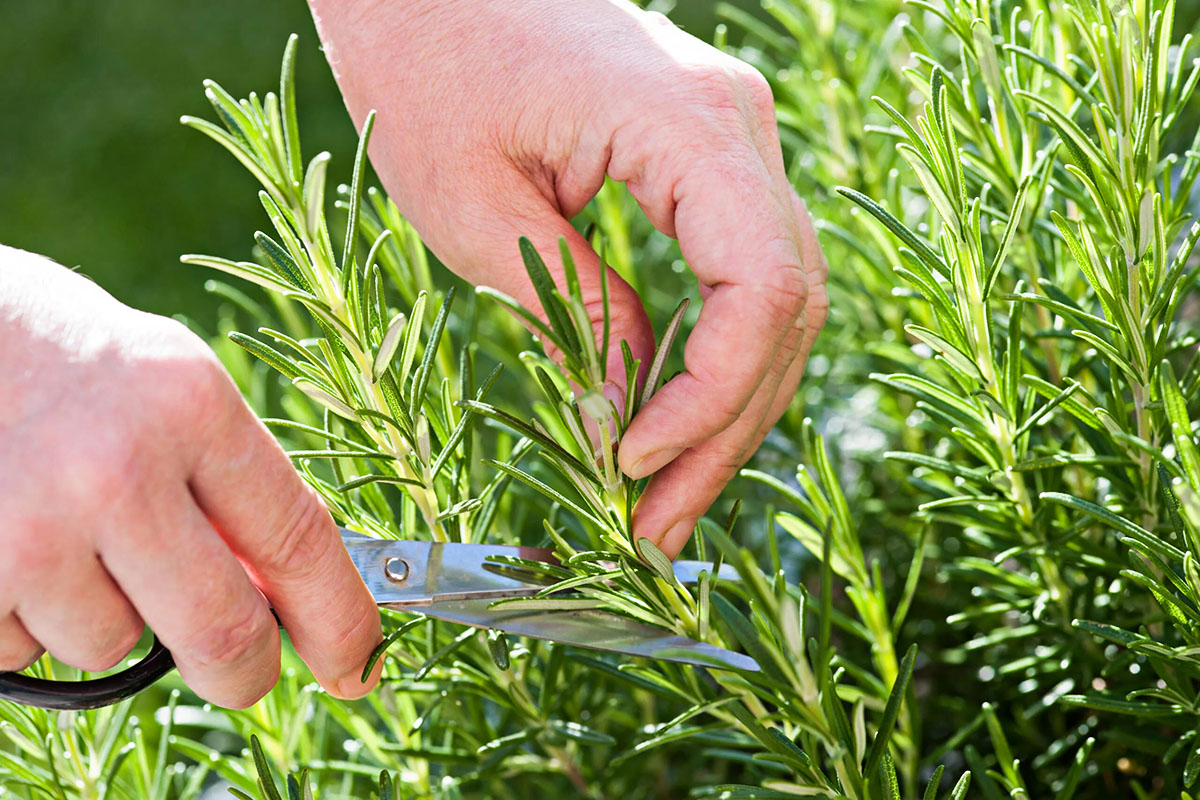

0 thoughts on “How Long Does It Take For Runner Beans To Germinate”